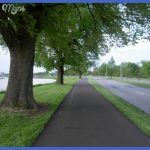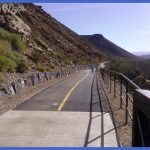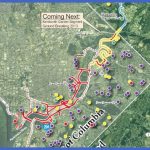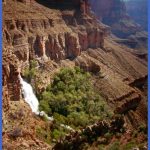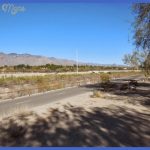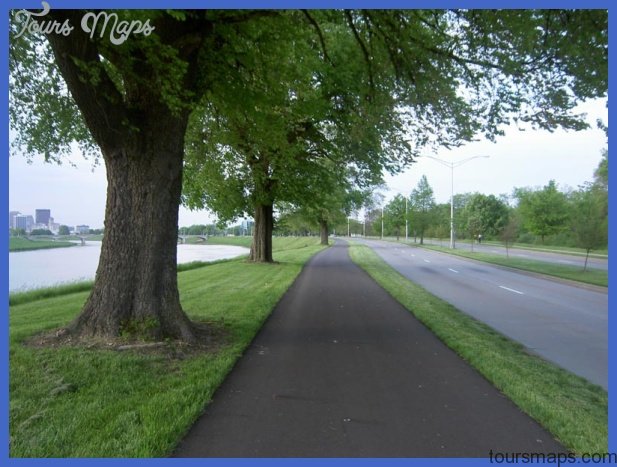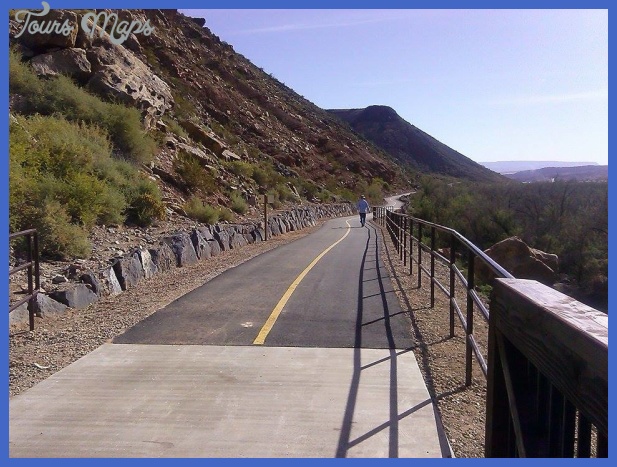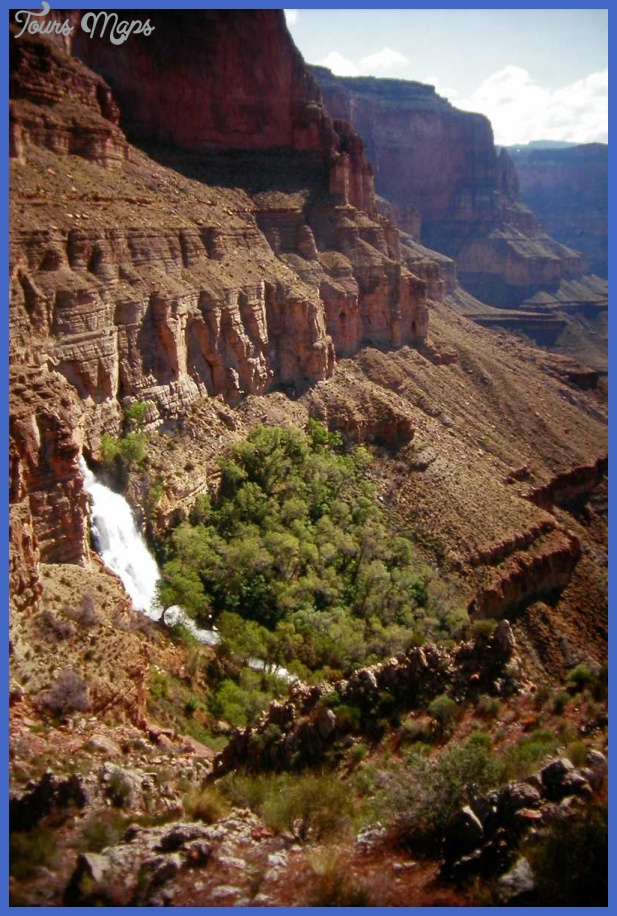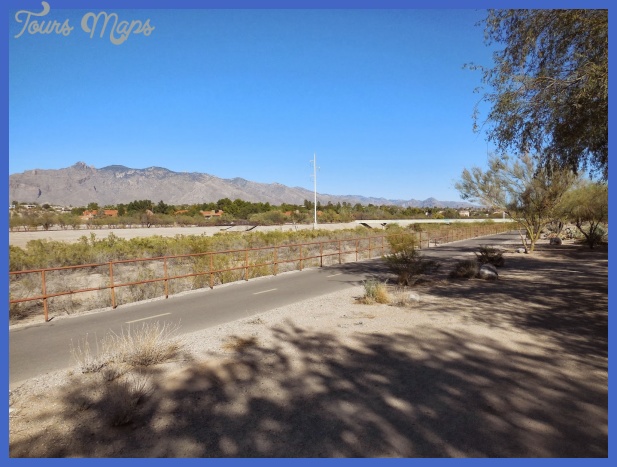If you turn left at Sawmill to cross the river and visit Castle Geyser, you’ll pass Churn Geyser not very active now but known to erupt to 10 feet (3 m). Scalloped and South Scalloped springs are on your right. The water deep down in Scalloped Spring reverberates in its cavern with a satisfying gurgle. The low water level was not Scalloped Spring’s normal state the spring was probably illegally induced to erupt at some time in the past. The cone high above the river to the right (downstream) is called Deleted Teakettle Geyser. Its strange moniker is due to someone having added deleted to the records, resulting in that word becoming part of its name. The formation to the left (upriver) is Chimney Cone (though sometimes signed as Chimney Geyser).
Across and downriver you may make out some steaming and spouting springs called the Terra Cotta Springs. Needy tourists seem to have found one of them, Wa.shtub Spring, useful as a laundry tub. An 1883 guidebook advised: Sometimes the clothes are returned with one or two pieces missing, but generally they are all safely restored in due time. This geyser route now returns to the main path without crossing the river. Across the Firehole and up the short hill are unique Castle Geyser and its neighbors (described in Geyser Route Two). Back on the main walkway To see a few more features in the interdependent Sawmill Complex, take the small loop to the east rather than the straight walkway. These include geysers called Penta (named for its five vents), which rarely erupts when Sawmill is active, but may go to 25 feet (7.5 m); Spasmodic, with its many vents; and old Tardy. Last encountered before you rejoin the main walk is delicately colored Belgian Spring, where a tragedy occurred in 1929: a newspaper editor from Belgium died after falling into this pool.
Turn right to rejoin the straight part ofthe boardwalk. We’ll pick up the missed section of the main walkway on the way back, labeled (B) on the Upper Geyser Basin map and described on 96. You’re approaching what many geyser lovers consider the most exciting geyser of all to watch, Grand Geyser. Before reaching Grand you’ll come to some small geysers connected to it underground, including Rift Geyser, which seems like just an innocuous group of cracks, but, when active, can influence Grand’s eruptions; Triplet Geysers, of which only west Triplet erupts with any frequency now; and Percolator Geyser, which does sound like coffee percolating. Percolator Geyser has upon occasion been known to play for 2 hours or so before Grand’s eruption. West Triplet is located closest to the boardwalk, and Percolator is in the middle of a direct line from West Triplet to Grand. How Does a Geyser Work? After you’ve seen some geysers, you’ll probably want to know how a geyser works. The basic requirements are a water source, a heat source, and some rather complicated plumbing.
Side Trail toward the River Photo Gallery
Maybe You Like Them Too
- The Best Cities To Visit in The World
- World’s 10 Best Places To Visit
- Coolest Countries in the World to Visit
- Travel to Santorini, Greece
- Map of Barbados – Holiday in Barbados

